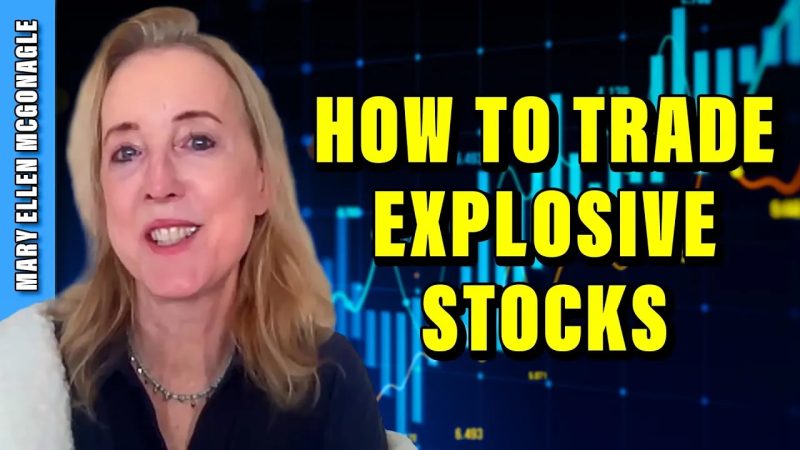Delving into the Nuances of Trading Explosive Stocks After Earnings
Economic and financial experts often state that the art of stock trading is akin to hitting the sweet spot in a game of chess, where one well-calculated move can dramatically shift the outcome. However, few activities exemplify this metaphor more accurately than trading explosive stocks after earnings. This article, inspired by an illuminating piece on godzillanewz.com, aims to break down the intriguing mechanics of this unique trading approach, offering keen insights to novice and seasoned traders.
The Fundamental Concept
Trading explosive stocks after earnings essentially involves leveraging post-earnings announcement drift (PEAD) – a peculiar market anomaly reflecting the tendency of a company’s stock price to drift in the direction of an earnings surprise for several weeks (or even months) after the announcement. While PEAD establishes the theoretical baseline, what truly sets explosive stocks apart is their significant price swings, mostly driven by higher trading volumes and dramatic earnings surprises.
Understanding the Earnings Surprise
An earnings surprise refers to the difference between the analysts’ consensus estimates and the company’s reported earnings. A company that exceeds the estimates is said to have a positive earnings surprise, and conversely, one that undershoots the estimates has a negative earnings surprise. Intriguingly, either positive or negative earnings surprises can spawn explosive stocks – the former drives immediate bullish sentiments, while the latter often leads to swift sell-offs, followed by potential rebounds.
Potential Triggers for Explosive Stocks
A few potential triggers can activate the explosive behavior of a stock after an earnings announcement. These primarily revolve around unexpected management commentary in earnings calls, significantly higher or lower forward guidance, and of course, the actual earnings exceeding or missing the estimates unexpectedly.
The Role of Intraday Trading Volume
Intraday trading volume plays a critical role in trading explosive stocks. When an earnings announcement catalyzes an explosion, the trading volume for the respective stock tends to increase significantly. The surge in trading volume often signifies eager entrants and anxious exits, leading to higher price volatility and facilitating traders to buy or sell sizable quantities without substantially impacting the price.
The Right Trading Approach
Successfully trading explosive stocks after earnings announcements necessitates a unique blend of strategic patience and impeccable timing. It is crucial for traders to wait for the earnings call to conclude before making any moves since the most abrupt price swings often occur during the earnings call. Besides, given the high price volatility linked with explosive stocks, traders must adopt disciplined risk management practices, maintaining robust stop losses and taking profits at predetermined target prices.
Technical Analysis: A Crucial Component
Technical analysis is a cardinal component of trading explosive stocks. Traders should meticulously analyze potential support and resistance levels, draw trend lines for price patterns, and scrutinize volume profiles. Moreover, secondary technical indicators such as the relative strength index (RSI), MACD, and others can give additional insights into the stock’s possible direction.
Final Thoughts
Trading explosive stocks after an earnings announcement is a nuanced trading strategy that can prove highly profitable with meticulous planning and informed decision-making. Incorporating the afore-described factors into a cohesive trading plan can significantly improve the odds of success. However, traders should always remember that like all trading strategies, the explosive stock trading approach too, carries its own inherent risks. Therefore, it is essential to consider these factors in tandem with a trader’s individual risk appetite and financial goals.
